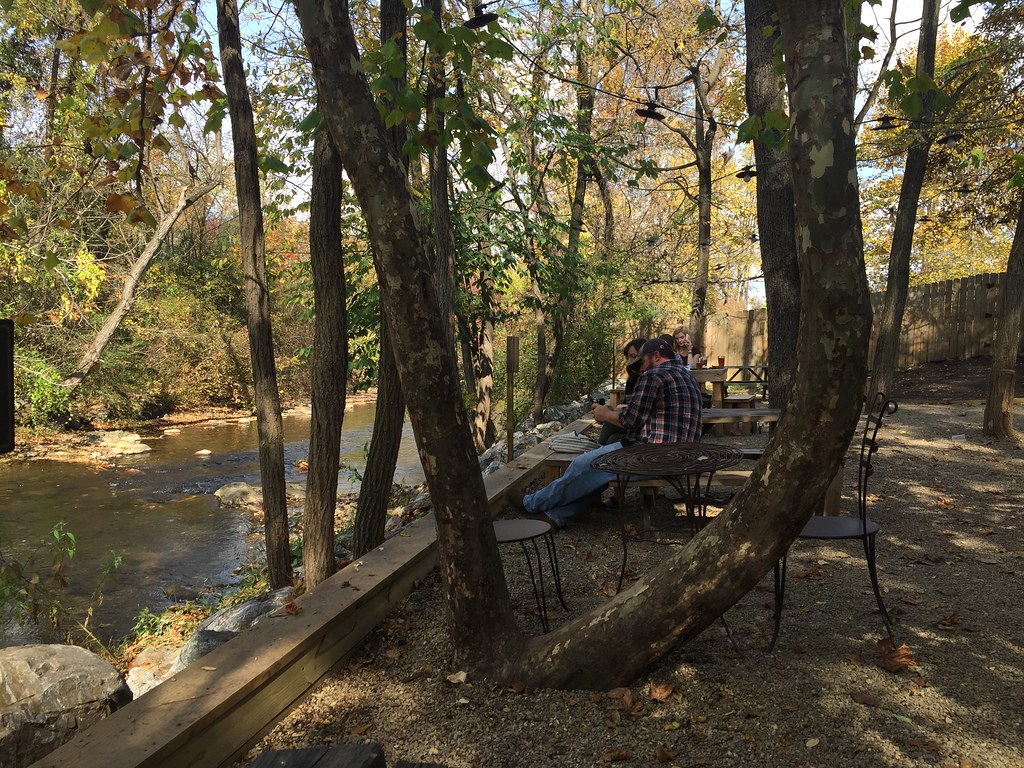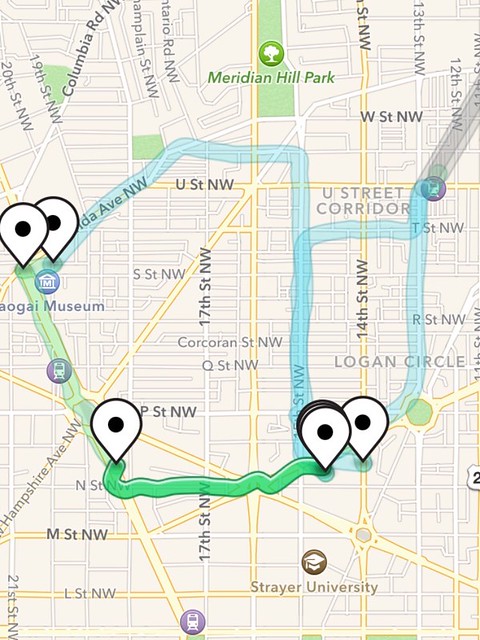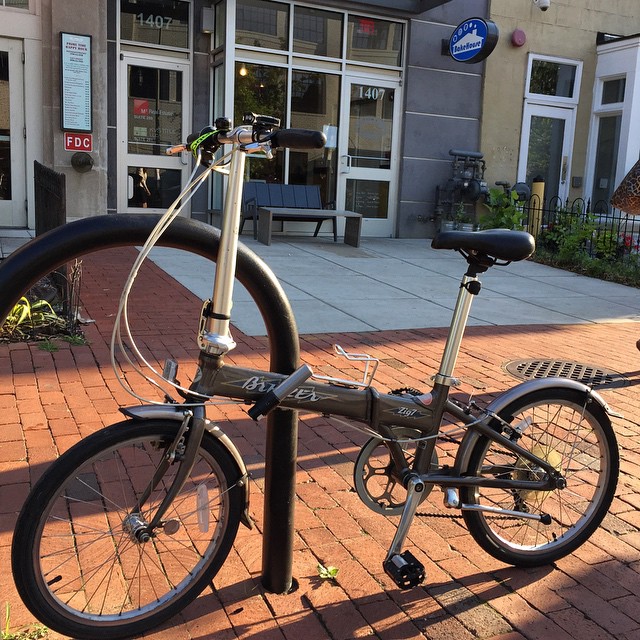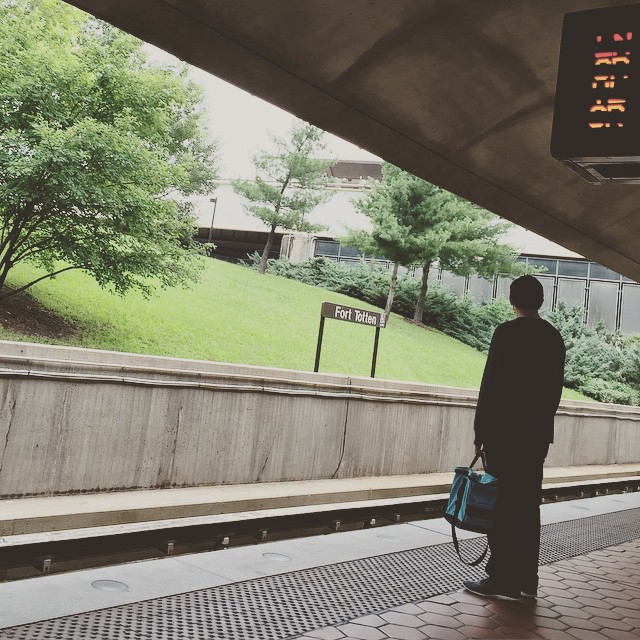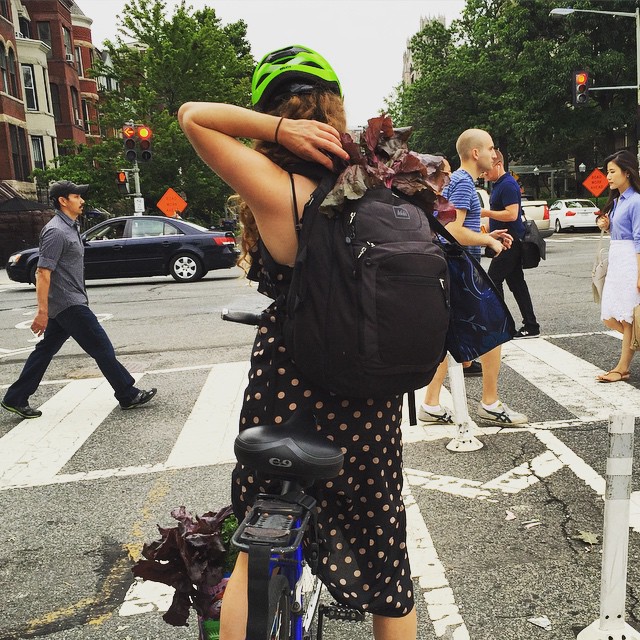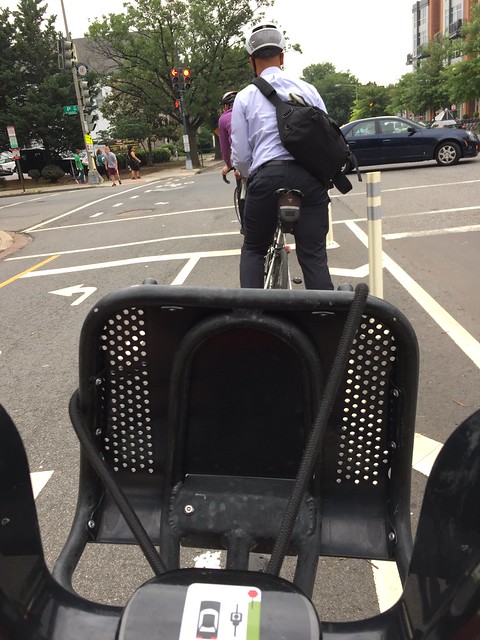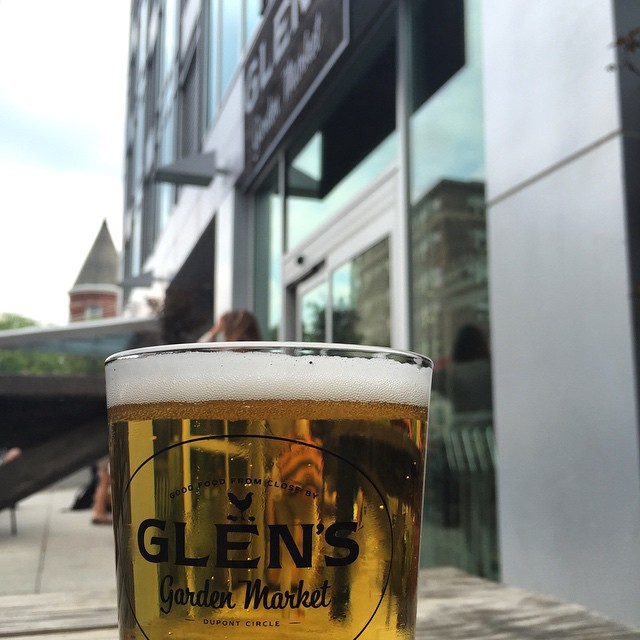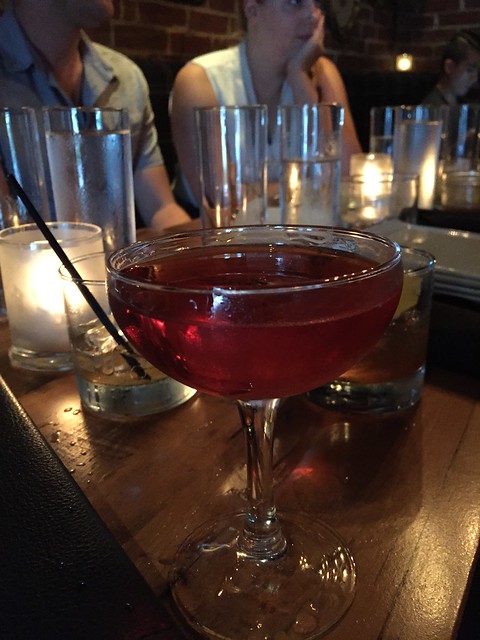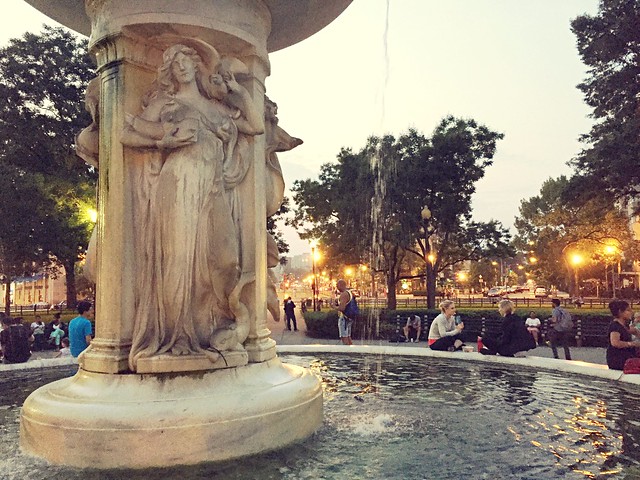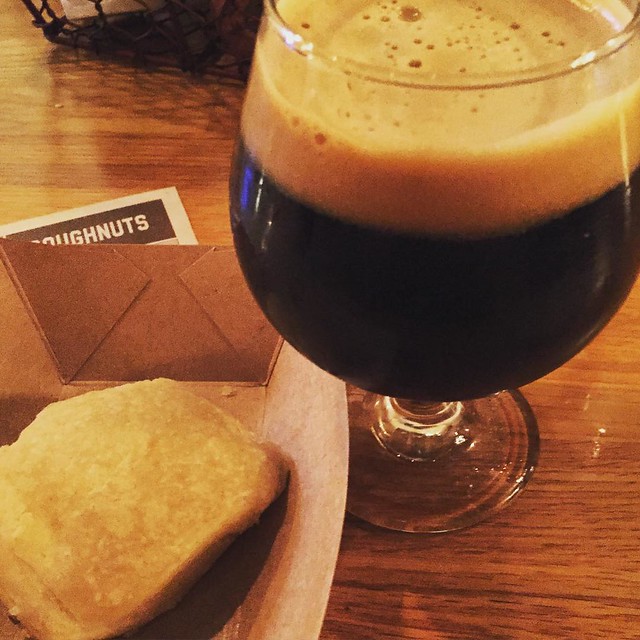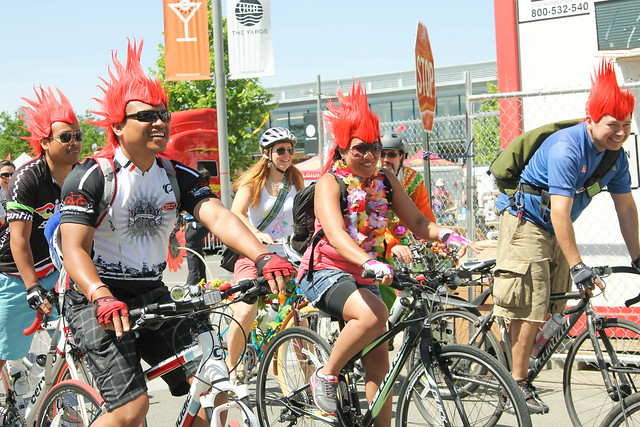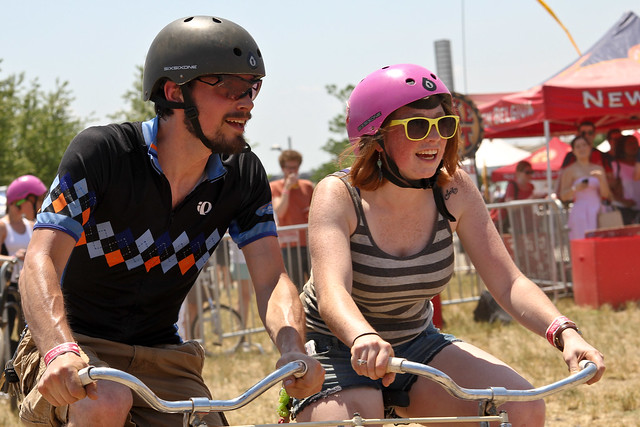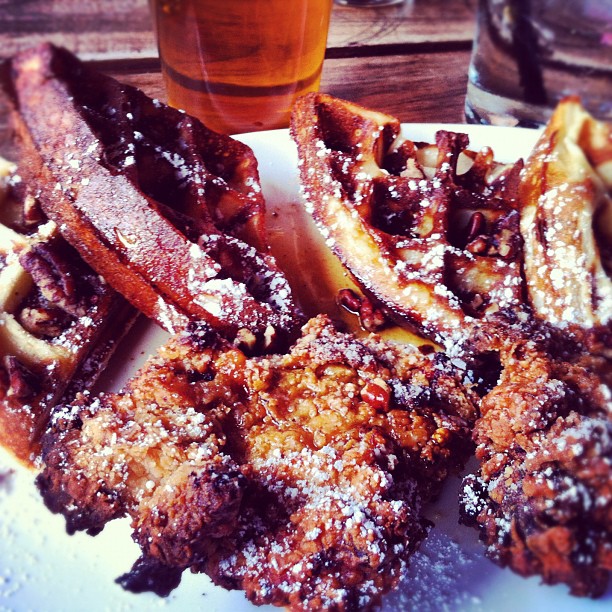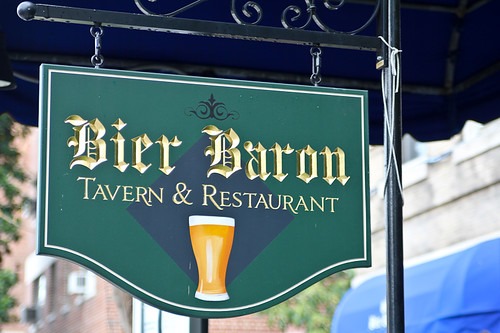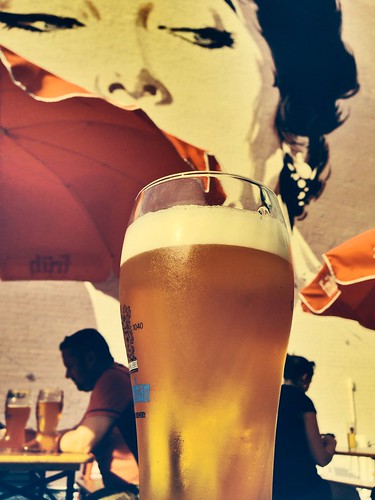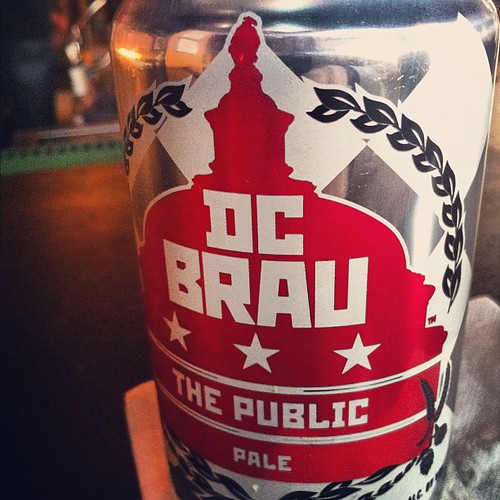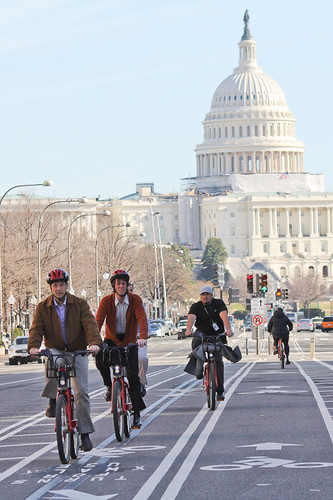
For the friends of Hemingway in 1920s Paris, everything was dated B.S. or A.S. Before the publication of The Sun Also Rises, their lives were complicated and largely anonymous. After Sun, their flaws were exposed to the world.
The story of the making of this literary masterpiece is told in Everybody Behaves Badly, an account of Hemingway, his friends and the events that inspired the first modern American novel of the 20th Century.
I paired the book with Bell’s Two Hearted. One of the early IPAs, it’s been a favorite ever since it first surprised my taste buds on a 100 degree day at the Capital Fringe Festival. Tangy and citrusy, it defines summer to me.
Named after the Two Hearted River in Michigan, a favorite vacation spot for young Hemingway, and the setting for one of his most famous short stories, it’s perfect the beer pairing for a book about Papa at work.
And it was recently named the best beer in America.
What does it take to create a novel? For Hemingway, it meant betraying nearly everyone in his world – mentors, drinking buddies, literary rivals and even his wife – as he strived to become a giant in American letters.
The Sun Also Rises was a revolution when it was published in 1926, a fusion of high/low style, in which Hemingway took postmodern “less is more” prose and married it with a scandalous story of dissipation among the idle rich. What lifted it above a drunken yarn was the epigraph from Gertrude Stein, “You are all a lost generation.” This defining quote, as well as the title, turned the novel into a representation of youth scarred by war, seeking for a meaning in a landscape without God or authority.
The novel is less a story and more transcription of a disastrous trip to see the bullfights in Pamplona. Following the debacle, Hemingway wrote the book in a period of weeks, not even bothering to change the real names of people that he used in the first draft.
The characters in Sun are all real, and scarcely disguised from their actual counterparts. The most appalling depiction is that of Harold Loeb, who admired Hemingway with almost slavish devotion. In return, he gets mocked in the novel as Robert Cohn, a Jew who doesn’t know his place, with the temerity to romance Lady Brett, a woman that he certainly doesn’t deserve. It was a portrayal and a betrayal that Loeb never got over and one that he spent decades trying to understand.
After the publication of the book in 1926, there was a craze to be like Lady Brett, the hard-drinking sex symbol of the novel. Like her literary counterpart, Lady Duff Twysden was a broke alcoholic of a dubious lineage. Fleeing debts and family complications, she ended up in Santa Fe, before dying of tuberculosis. Hemingway, cruel to the end, told his biographer that her casket was carried by former lovers, who dropped it at the funeral – a fictitious tale.
Her husband in the novel, Mike Campbell (the real Pat Guthrie), the very model of the dissipated English upper classes, died of a drug overdose, owing money to bars and hotels all over Paris.
Depicted as trying to trick Cohn into marrying her, Frances Clyne (the real Kitty Cannell) went on to one of the most fascinating lives of all the people mocked in The Sun Also Rises. After surviving Paris during Nazi occupation, she become a game show guest, noted for her expertise in everything from timeless glamor to surviving prison. One subject she wouldn’t discuss: Hemingway. She thought he was a bastard from the very beginning.
While the backstories in Everybody Behaves Badly are fascinating, what makes the book great is the story of how Hemingway created his masterpiece. Everybody Behaves Badly is a writer’s book – I’ve never read a book that does a better job explaining how a novel actually gets written, showing how Hemingway took real events and transmuted them into his novel.
One character Hemingway leaves out of the book: Hadley, his wife. The Paris Wife depicts her as crushed by this omission, knowing that she was losing her husband.
By the time The Sun Also Rises is published, Hemingway was moving on from the woman who subsidized his early writing efforts for a richer catch: the heiress Pauline Pfeiffer.
Thirty years later, in the posthumously published A Moveable Feast, Hemingway tried to blame the pernicious influence of rich friends on his decision to leave Hadley. They said that Hemingway deserved someone more stylish than doughty Hadley.
But, as F. Scott Fitzgerald predicted back in 1926, with every major new book, Hemingway would have a new wife. After Pauline would come Martha Gellhorn and Mary Welsh.
Write what you know. That’s the cardinal rule of writing. For Hemingway, that meant mining his own life for the material to create The Sun Also Rises. It’s his best book and the novel that frees American literature from its fussy and florid predecessors. Like a good IPA, it’s a sharp and refreshing shock to everything you’ve experienced before.

